The Granny Flat War … From Someone Who’s Been In It
UP CLOSE AND PERSONAL--On August 31, 2016, the LA City Council could make a huge mistake that will have lasting impacts on our community.
Once upon a time, the city of Los Angeles created regulations that protected the characteristics of single family home zones.
In essence, some of these regulations prevented homeowners from building big second homes on a single family home property. Makes sense, right? Because that’s what “single family home zone” means.
So, in LA, a wide variety of different neighborhoods are zoned R-01. And these R-01 neighborhoods are really a great place to live, partly because our city’s zoning regulations have helped to keep them that way.
These regulations did allow homeowners in those zones to build another detached home on the property. But that structure had to be small, low profile, and it couldn’t have a separate address. According to LA’s regulations, homeowners were free to build “granny flats” for their relatives to live in. And remember, they are always free to add an addition to their home. That was never in question.
This worked, for the most part, to protect the character of the neighborhood. It guarded against overdevelopment.
But one day, in 2010, the Planning Department made a mistake, based on incorrect legal advice, instructing officials to ignore the City’s standards, and instead, to follow the state standards, which are much more lenient. For the next six years, the City issued about 75 permits each year for second units in these single family home neighborhoods. Almost all of the permits were for structures that exceeded the City’s adopted standards.
Earlier this year, a judge determined that the Planning Department’s “ZA Memo 120” was not legal. Since then, permitting for these structures (even the small ones that would have met the city’s regulations) has been halted.
But instead of amending the City’s regulations, City Council is now considering throwing out the regulations entirely and defaulting to the considerably more lenient state’s standards. In essence, this would mean returning to ZA Memo 120, which a Judge has already revoked.
Why does LA have different zoning standards than the state of California? Because LA has specific needs. Just like every other major metropolitan city in this country, our city has adopted regulations to protect against overdevelopment and against negative impacts on the environment, infrastructure, and the character of neighborhoods.
All of this may seem silly to Angelenos who live on larger parcels of land or in apartment buildings. They might say, what’s the point? If it is your land, you should be allowed to use it any way you want. Right?
I can see why some may think that. But imagine if you lived in my neighborhood:
Welcome to the quintessential San Fernando Valley single family neighborhood. Our houses are very close together. In my cute, quiet little neighborhood known as “Kester Ridge” in Van Nuys, our mostly small houses sit on mostly small lots. Our fences (which cannot exceed eight feet in our backyard) create the barriers which afford us some visual, if not acoustic, privacy.
Our backyards aren’t huge, but they offer a great place to relax; most of them are big enough to accommodate a small pool or a nice little garden. Most of the lots are approximately 50 feet wide and average about 6,000 square feet. Almost every house in the neighborhood is only one story high.
So imagine you've just bought your dream home, right here in this cute little neighborhood. It took every penny you had. But you've worked hard, you turned it into a beautiful home, and you’ve promised yourself that you are finally going to relax and lay out by the pool in your lovely backyard.
A few months later, the property right behind you goes up for sale. And the guy who buys it is a developer. He tells you that he doesn’t have any intention of actually moving to your little neighborhood. His car, an Aston Martin, gives you an idea of where he calls home.
He’s going use the property to generate rental income. His plan is to rent out the main property, and, thanks to ZA Memo 120, he's also going to rent out a second house which he plans to build in the backyard! It’s going to be two stories high with just as much square footage as the main house.
The backyard isn’t very big, so he’s going to have to build as close to your back fence as the law allows. He tells you that he's got properties like this all over LA.
This developer has started an LLC for the property, and between the two homes on a single lot, he will be generating $6,000 a month in rental income. He doesn’t care one bit about the fact that your ability to enjoy your yard (to say nothing of your property value) just went down as a result of his actions.
He says: “This isn’t my first rodeo.”
So, you take a moment. You try to process this: A large, two-story tall, very visible structure in the small backyard -- even though the very concept of a single family neighborhood means that this sort of thing isn't supposed to happen.
But he gets the permit. And no one in the City even notifies you that this was happening. You live right next to the property, well within the 500-foot range. How is this possible? If there had been a particular time to voice your opinion on the matter, no one in the government told you when it was.
You try to talk to your political representative in City Council. They keep calling it a “granny flat.” But it’s not a granny flat. It's huge. It’s a fully functioning second home, with its own house number, mailbox, and soon, a whole bunch of tenants.
You do some research online. Even California’s Legislative Analyst has determined that this type of “urban infill” in single family home zones is not going to solve the affordable housing crisis. In fact, this type of new structure isn’t even going to make a dent in the affordable housing crisis, because there is no requirement to price it affordably. They’ll be renting at market rates. But the politicians keep throwing around the term “affordable housing” when they discuss this issue. Strange, isn't it?
So this developer builds -- full steam ahead. The framing goes up. It’s big. And tall. And man, it’s close! You think, well, maybe we’ll get used to it. And then one day you come home to see the framing for the second story window: it looks right down onto your pool, your yard and into your bedroom!
The building is so close to its own property line that the people living in it won’t be able to see their own yard from the window. But yours? Well, they’ll be thrilled that you've given them such a lovely view. Too bad that you can’t say the same about your new view. (See photo above.)
This is how it happens. And because this unfair and previously illegal thing has happened to you, you decide to sell your dream home. And the winning bidder? Well, wouldn’t you know it -- a developer. If this process continues ad infinitum, say goodbye to the very notion of a single-family neighborhood.
Wealthy developers will have a huge opportunity to make a lot of money for themselves if the SDU ordinance is repealed. They will be able to outbid the average homebuyer and will overdevelop every property they can get their hands on.
I have read a few misinformed articles that frame this issue differently. The politicians who are in favor of the repeal of the SDU Ordinance are likely in the pockets of wealthy developers whose projects have been put on hold. These smart politicians are smart to hold actual, legitimate granny flats hostage: they know all too well that if you create a crisis that arouses public sympathy, you can exploit it.
This is all about greed. It opens the door to rampant overdevelopment…not granny.
Here’s what I’m hoping my City Councilmembers will do:
Investigate the environmental impacts of any possible changes to zoning laws before they make those changes. For instance, more “urban infill” means more concrete, therefore less groundwater is absorbed, making both the drought and the flooding, due to the lack of storm drains in my neighborhood, even worse.
Discuss this issue with the public, and do it in a way that is intellectually honest. Don’t tie this repeal to the creation of affordable housing. And that includes you, Mr. Mayor! California’s Legislative Analyst's Office has determined that urban infill will not solve the affordable housing shortage in Los Angeles. In fact, the LAO has determined that this repeal won't even offer a small supply of "affordable" housing for another twenty-five years. Our politicians need to stop spinning this issue. It's unethical to confuse constituents into submission. We deserve better.
Remember, this isn't about granny flats. While I strongly oppose the repeal, I support the public’s right to build granny flats that are appropriate for the size of one’s immediate community. We just need our politicians to create the right laws -- or common-sense amendments to existing regs -- to make that happen.
Our politicians have a number of potential solutions that don’t involve repealing the Second Dwelling Unit Ordinance, leaving us vulnerable to overdevelopment. They should do their due diligence and behave with integrity. If revisions to the Second Dwelling Unit ordinance are necessary, at the very least they must be considered with adequate public outreach. It is not in LA's best interest to discard our protective local standards.
I repeat: the politicians have several options at their disposal. Those options should not include throwing the baby out with the bathwater.
Please contact your LA City Councilmember before Wednesday, August 31 about this important issue. We need a lot more support because the developers have been lobbying the City Council hard for the past six months.
(Dannielle Langlois is film and television actress who lives in Van Nuys, next door to the above “second unit dwelling.”) Edited for CityWatch by Linda Abrams.

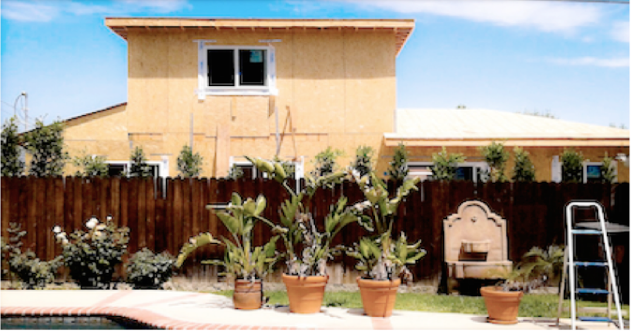





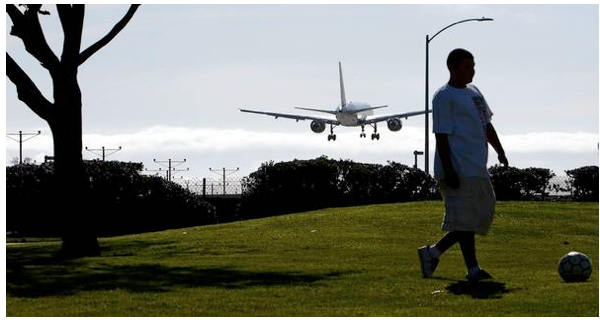
 When Democrats, Republicans, Progressives, and Tea Partiers all come together to make a stand, there must be a good cause behind that stand.
When Democrats, Republicans, Progressives, and Tea Partiers all come together to make a stand, there must be a good cause behind that stand. 
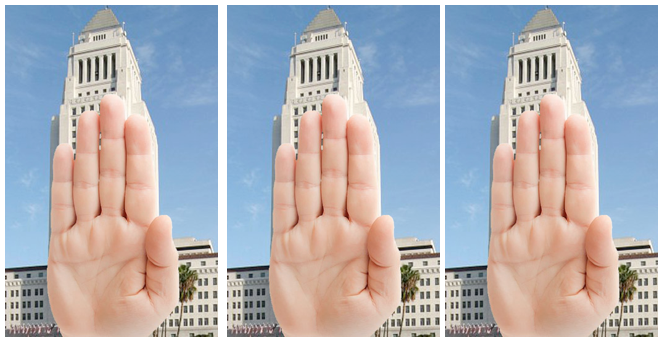

 It is wrong for lovers of open, transparent, accountable government, and horrible for enthusiasts of public power.
It is wrong for lovers of open, transparent, accountable government, and horrible for enthusiasts of public power. 
 The case of Israel Stinson, as described in the Los Angeles Times by
The case of Israel Stinson, as described in the Los Angeles Times by 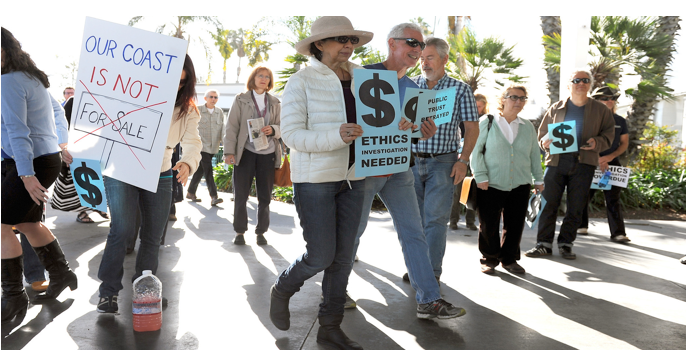
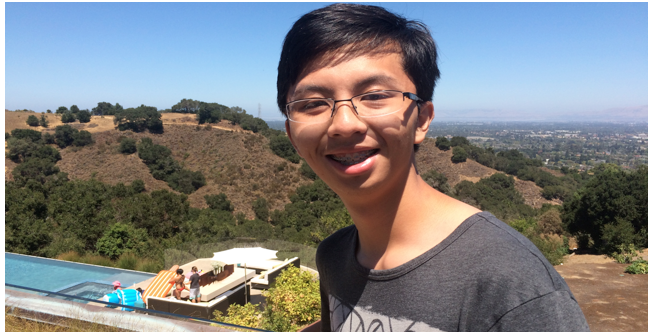


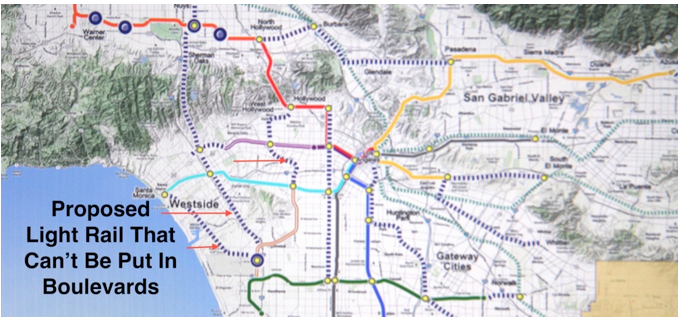
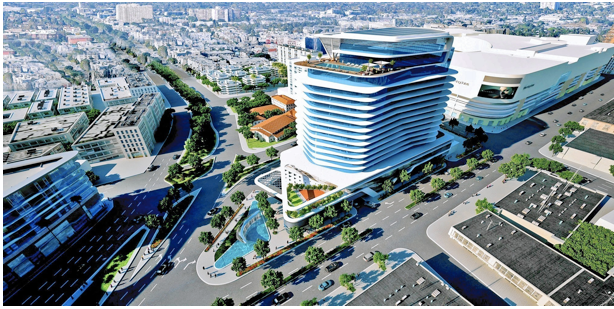
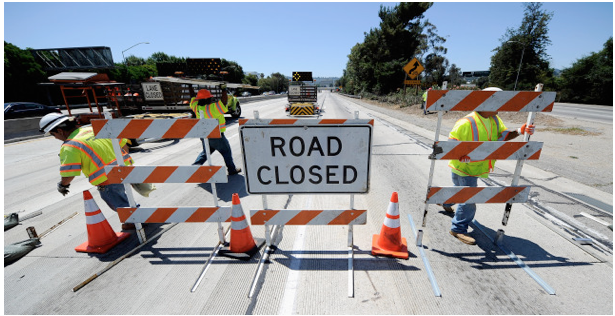


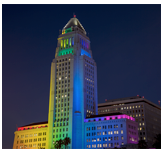 California has also become the first state to protect people from being charged with being a sex worker solely on the basis that they are carrying condoms. Because of the large number of transgender women who have turned to sex work over the years due to discrimination and destitution, women are being profiled by law enforcement and arrested for carrying protection. This law requires the court to state without a doubt that the condoms are relevant to a particular case in order to be used as evidence.
California has also become the first state to protect people from being charged with being a sex worker solely on the basis that they are carrying condoms. Because of the large number of transgender women who have turned to sex work over the years due to discrimination and destitution, women are being profiled by law enforcement and arrested for carrying protection. This law requires the court to state without a doubt that the condoms are relevant to a particular case in order to be used as evidence. 
















